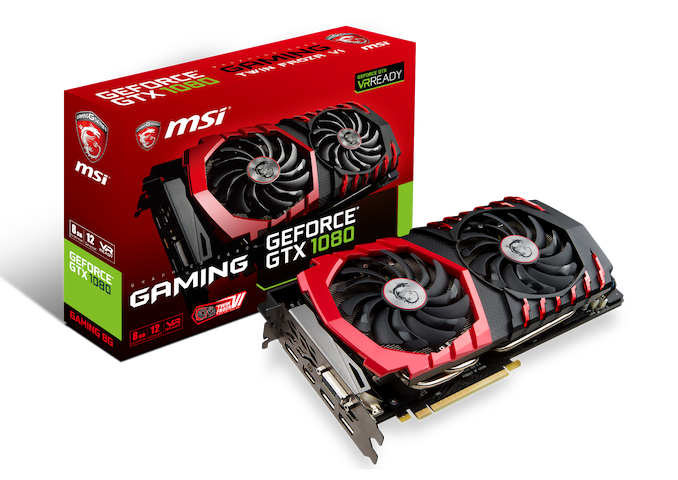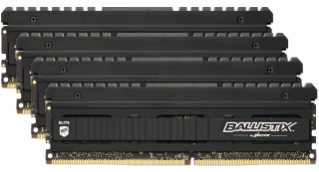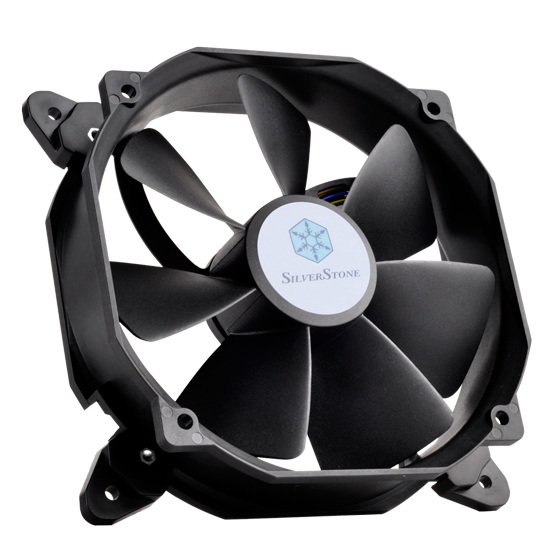The MSI MEG X570 Ace Motherboard Review: Ace in the Hole at $369
by Gavin Bonshor on July 18, 2019 11:00 AM EST- Posted in
- Motherboards
- AMD
- MSI
- AM4
- Zen 2
- Ryzen 3000
- X570
- MEG
- X570 Ace
- 3700X
- Ryzen 3700X
Board Features
The MSI MEG X570 Ace sits towards the higher end of the range of X570 motherboards with a price tag of $369. For the price though, MSI has included a premium controller set which includes a Realtek ALC1220 HD audio codec, a Realtek RTL8125-AG 2.5 G port and a Intel I211-AT Gigabit port, and also includes an Intel AX200 Wi-Fi 6 802.11ax wireless interface; this also adds support for BT 5 devices too. Providing power to the 14-phase power delivery are two 8-pin 12 V ATX CPU power inputs, while the board and other componentry take its power from a 24-pin ATX 12 V power input. Its cooling comes from seven 4-pin PWM enabled headers which are split into three main sections; one for a CPU fan, one for a water pump, and five for case fans.
| MSI MEG X570 Ace ATX Motherboard | |||
| Warranty Period | 3 Years | ||
| Product Page | Link | ||
| Price | $369 | ||
| Size | ATX | ||
| CPU Interface | AM4 | ||
| Chipset | AMD X570 | ||
| Memory Slots (DDR4) | Four DDR4 Supporting 128 GB Dual Channel Up to DDR4-4633 |
||
| Video Outputs | N/A | ||
| Network Connectivity | Realtek RTL8125-AG 2.5 Gigabit Intel I211-AT Gigabit Intel AX200 Wi-Fi 6 802.11ax |
||
| Onboard Audio | Realtek ALC1220 | ||
| PCIe Slots for Graphics (from CPU) | 2 x PCIe 4.0 x16 (x16 or x8/x8) | ||
| PCIe Slots for Other (from PCH) | 1 x PCIe 4.0 x4 2 x PCIe 4.0 x1 |
||
| Onboard SATA | Four, RAID 0/1/10 | ||
| Onboard M.2 | 2 x PCIe 3.0 x4/SATA 1 x PCIe 3.0 x4/x2 |
||
| USB 3.1 (10 Gbps) | 3 x Type-A Rear Panel 1 x Type-C Rear Panel 1 x Type-C Header |
||
| USB 3.0 (5 Gbps) | 2 x Type-A Rear Panel 2 x Header (four ports) |
||
| USB 2.0 | 2 x Type-A Rear Panel 2 x Header (four ports) |
||
| Power Connectors | 1 x 24-pin ATX 2 x 8pin CPU |
||
| Fan Headers | 1 x CPU (4-pin) 1 x Water Pump (4-pin) 5 x System (4-pin) |
||
| IO Panel | 3 x USB 3.1 G2 Type-A 1 x USB 3.1 G2 Type-C 2 x USB 3.1 G1 Type-A 2 x USB 2.0 Type-A 2 x Network RJ45 (Realtek/Intel) 5 x 3.5mm Audio Jacks (Realtek) 1 x S/PDIF Output (Realtek) 2 x Intel AX200 Antenna Ports 1 x BIOS Flashback Button 1 x Clear CMOS Button |
||
One thing of note is that this model doesn't include any video outputs on the rear panel, but it does include three USB 3.1 G2 Type-A, one USB 3.1 G2 Type-C, two USB 3.1 G1 Type-A, and two USB 2.0 ports. It's always handy to have a dedicated clear CMOS button somewhere on the PCB instead of the older style jumper, but MSI has implemented this on its rear panel along with a pre-installed rear IO shield to make it easier for users to install it into a chassis. For storage, the MSI MEG X570 Ace has three PCIe 4.0 x4 M.2 slots with two including support for SATA drives and taking its lanes directly from the X570 chipset. The CPU drove PCIe 4.0 x4 M.2 slot doesn't support SATA drives for reference and is located just underneath the AM4 CPU socket.
Test Bed
As per our testing policy, we take a high-end CPU suitable for the motherboard that was released during the socket’s initial launch and equip the system with a suitable amount of memory running at the processor maximum supported frequency. This is also typically run at JEDEC subtimings where possible. It is noted that some users are not keen on this policy, stating that sometimes the maximum supported frequency is quite low, or faster memory is available at a similar price, or that the JEDEC speeds can be prohibitive for performance. While these comments make sense, ultimately very few users apply memory profiles (either XMP or other) as they require interaction with the BIOS, and most users will fall back on JEDEC supported speeds - this includes home users as well as industry who might want to shave off a cent or two from the cost or stay within the margins set by the manufacturer. Where possible, we will extend out testing to include faster memory modules either at the same time as the review or a later date.
While we have been able to measure audio performance from previous Z370 motherboards, the task has been made even harder with the roll-out of the Z390 chipset and none of the boards tested so far has played ball. It seems all USB support for Windows 7 is now extinct so until we can find a reliable way of measuring audio performance on Windows 10 or until a workaround can be found, audio testing will have to be done at a later date.
| Test Setup | |||
| Processor | AMD Ryzen 3700X, 65W, $329 8 Cores, 16 Threads, 3.6 GHz (4.4 GHz Turbo) |
||
| Motherboard | MSI MEG X570 Ace (BIOS 7C35v12) | ||
| Cooling | ID Cooling Auraflow 240mm AIO | ||
| Power Supply | Thermaltake Toughpower Grand 1200W Gold PSU | ||
| Memory | 2x8GB G.Skill TridentZ DDR4-3200 16-16-16-36 2T | ||
| Video Card | ASUS GTX 980 STRIX (1178/1279 Boost) | ||
| Hard Drive | Crucial MX300 1TB | ||
| Case | Open Benchtable BC1.1 (Silver) | ||
| Operating System | Windows 10 1903 inc. Spectre/Meltdown Patches | ||
Readers of our motherboard review section will have noted the trend in modern motherboards to implement a form of MultiCore Enhancement / Acceleration / Turbo (read our report here) on their motherboards. This does several things, including better benchmark results at stock settings (not entirely needed if overclocking is an end-user goal) at the expense of heat and temperature. It also gives, in essence, an automatic overclock which may be against what the user wants. Our testing methodology is ‘out-of-the-box’, with the latest public BIOS installed and XMP enabled, and thus subject to the whims of this feature. It is ultimately up to the motherboard manufacturer to take this risk – and manufacturers taking risks in the setup is something they do on every product (think C-state settings, USB priority, DPC Latency / monitoring priority, overriding memory sub-timings at JEDEC). Processor speed change is part of that risk, and ultimately if no overclocking is planned, some motherboards will affect how fast that shiny new processor goes and can be an important factor in the system build.
New Test Suite: Spectre and Meltdown Hardened
Since the start of our Z390 reviews, we are using an updated OS, updated drivers, and updated software. This is in line with our CPU testing updates, which includes Spectre and Meltdown patches. We are also running the testbed with the new Windows 10 1903 update for AMD's Ryzen 3000 series CPUs, and X570 motherboard reviews. The Windows 1903 update improves multi-core and multi-thread performance on AMD's Ryzen processors with topology awareness meaning previous issues in regards to latency have been known to affect performance. As users are recommended to keep their Windows 10 operating system updates, our performance data is reflected with the 1903 update.


















92 Comments
View All Comments
versesuvius - Thursday, July 18, 2019 - link
First!Now to reading the article.
DigitalFreak - Thursday, July 18, 2019 - link
Your mother should be proud that you finally accomplished something in life.mukiex - Friday, July 19, 2019 - link
Let's not get ahead of ourselves now.Ironchef3500 - Friday, July 19, 2019 - link
:)bigboxes - Friday, July 19, 2019 - link
Shutup MEG!shabby - Friday, July 19, 2019 - link
Lol don't think msi thought of family guy when naming these boards.philehidiot - Saturday, July 20, 2019 - link
Shut up Wesley?waja - Tuesday, July 23, 2019 - link
Do you know george stevenson story?He earn 3657$ every month at home just working few hours on internet see more by open this connection and click home button.FOR MORE INFORMATION COPY THIS SITE.......... www.online-3.comwaja - Tuesday, July 23, 2019 - link
I'am really happy to know that george earn 3450$ every month at home just working few hours on internet if you interested to join this work so welcome now and copy this link................. www.online-3.comDanNeely - Thursday, July 18, 2019 - link
Am I the only person who thinks the IO panel is a dangerous place for a clear CMOS button? Seems way to easy to wipe your settings while reaching from the front and fumbling around trying to plug something in.